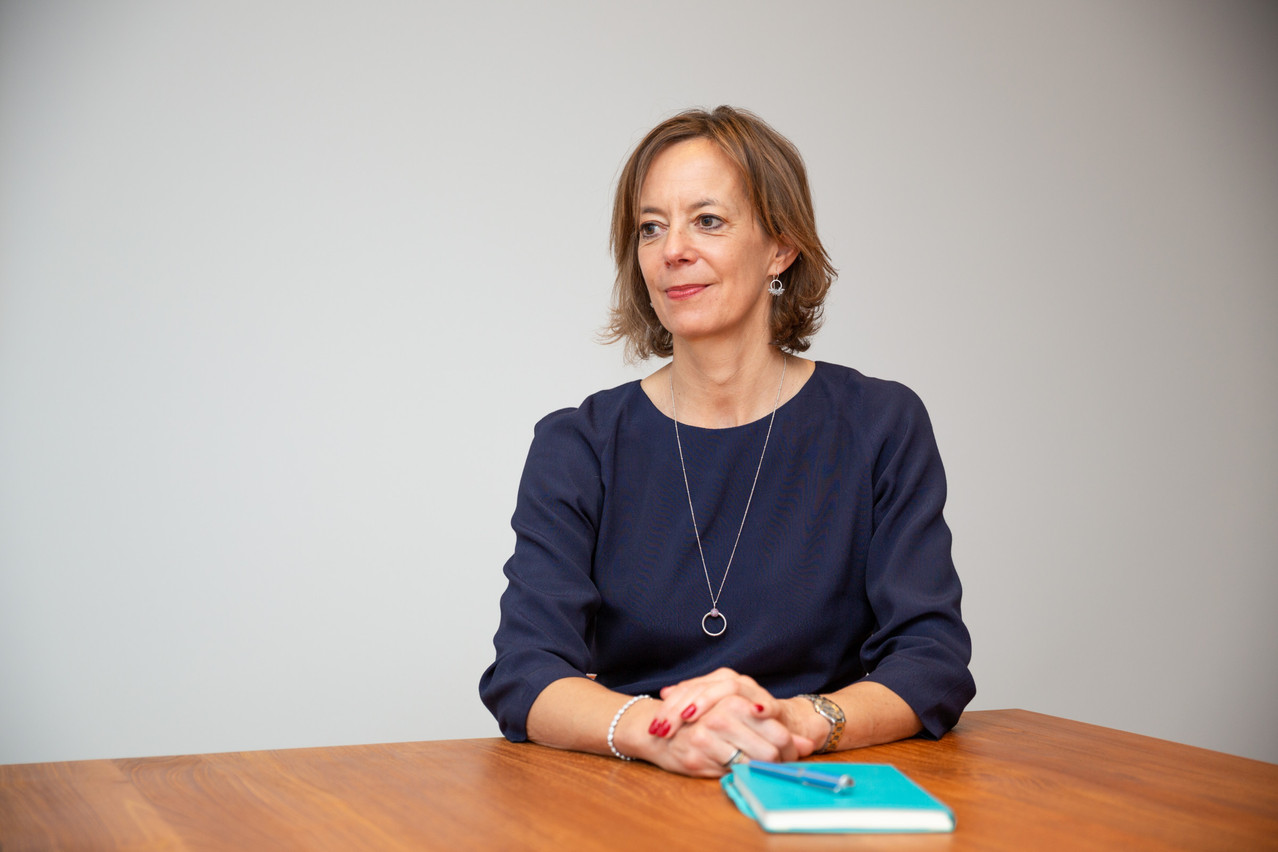What is the current state of play regarding the presence of women in private sector boards in Luxembourg? Is it, as expected, growing?
: About ten years ago, the increase in the number of women on boards of directors was more marked than it is today. It is true that we had come a long way, there were very few women on boards until then. Then there was an awareness and many boards of directors said that they had to add a woman, and I do mean a woman. Today, I have the impression that this is somewhat stagnant.
The EBA publication in 2020 showed that Luxembourg was rather at the end of the road as far as gender diversity in the boards and management bodies of banks was concerned.
As the figures show...
The recent studies we have done at the ILA (Institut luxembourgeois des administrateurs) show that. The 2022 ILA-KPMG Remuneration Survey shows 34% of women on the boards of companies that participated in the survey--bearing in mind that companies that provide this information on a voluntary basis are not normally the bad guys. It is therefore likely that the overall figure is much lower than this sample. In the investment fund sector, our ILA-PwC Fund Governance Survey highlights that progress seems to have almost come to a halt: while we could see a 6% improvement between 2016 and 2020 (from 16% of women on fund and management company boards to 22%), this figure remained at 22% between 2020 and 2023. As far as I know, the figures in banks and insurance companies are no better: the EBA publication in 2020 showed that Luxembourg was rather at the end of the road as far as gender diversity in bank boards and management bodies is concerned.
Do you nevertheless feel that there has been an evolution in terms of consideration of gender and its contributions?
My impression is that boards that have appointed women realise the value that this diversity brings. It’s sad that this belief didn’t exist before, and that the idea was more that you had to diversify for the sake of diversifying, but not necessarily that it was going to benefit the board and society. In my opinion, this view is different today, and there is an overall understanding of the added value of a diversified board. Nevertheless, progress seems to be stagnating.
This is the case for executive positions...
One trend we see is that women are often sought after for non-executive directorships, the so-called “independent directors.” These people are outside the companies of which they become directors. The various statistics show that the executive directors, i.e., those who come from within the group in question, are even more often men than for the external, independent directors. So it seems that an effort is being made to find external female directors, if there are none internally in the groups.
In our events and training courses, we counted 44% women in 2022, compared to 40% in 2021 (...) This shows, in my opinion, that women are seeking to learn about governance issues and to interact with other people active in this field.
Are there more women in training at ILA?
According to the information we have, women represent about 33% of the ILA membership. However, in our events and trainings, in 2022 we had 44% women, compared to 40% in 2021, which is a nice increase. I think this shows that women are looking to learn about governance issues, and interact with others who are active in this field. This is positive and should counter the erroneous statement I still hear that there are not enough competent women in the market.
This ceiling is still a reality for women in certain functions?
In recent years, there has been a lot of effort to diversify women on boards. There is still a lot of progress to be made in this area. But we also need to work on diversifying management in companies. There are few statistics in this respect, but what I see in companies are lower figures than what we have at board level: women are very poorly represented in management positions. Whereas the balance is normally given at the lower level of the hierarchy. So there is serious work to be done to ensure that this balance is maintained as people progress in their careers. I admit that it can take time, but above all it takes a real will from the leaders in place to change things.
Read also
Do role models still have an important role?
We all need role models, whether they are men or women. Whether it is a close person or a historical leader or a top athlete. To be inspired by someone who has been successful is in my opinion very positive, motivating and helpful.
It is true that women who aspire to sit on boards often seek a mentor of sorts to accompany them, encourage them, guide them. When I am asked to do this, I like this relationship of mutual sharing. I often feel that I learn as much from the person who has asked me as I bring to the table.
This story was first published in French on . It has been translated and edited for Delano.


